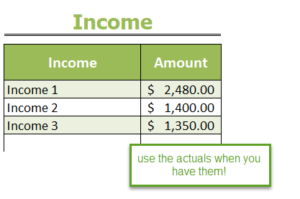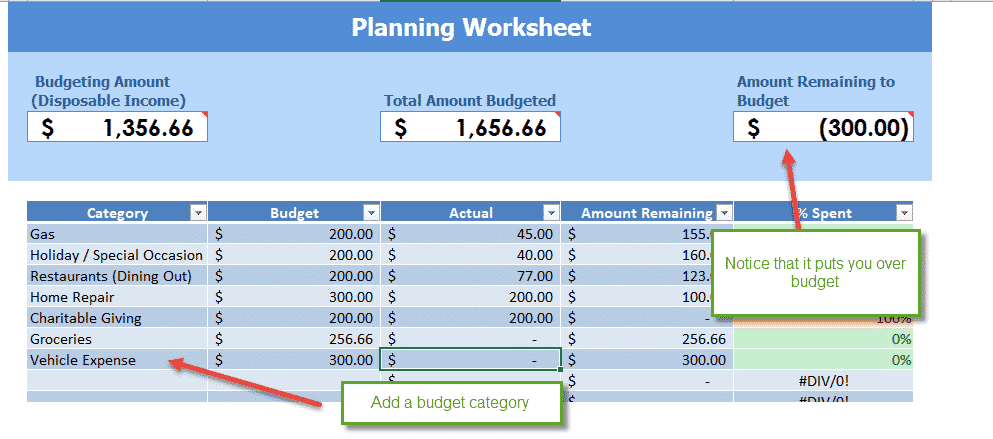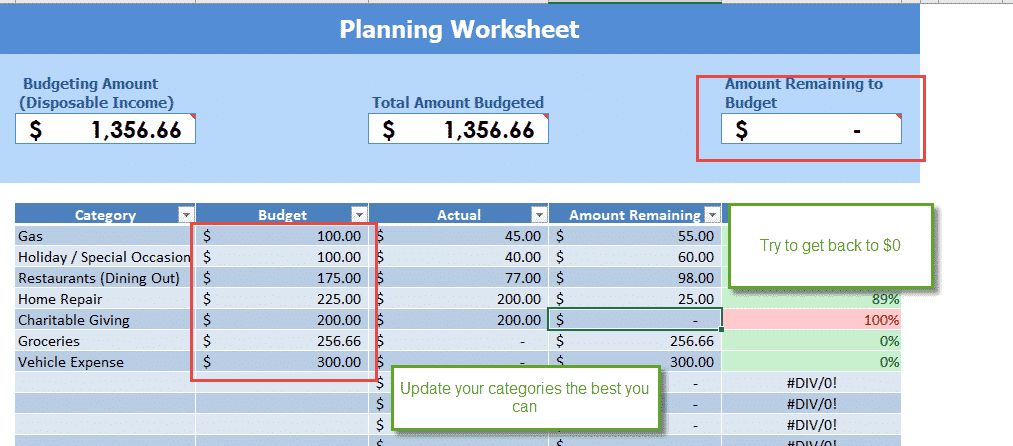Have Questions? Check out the FAQs below.
If you have additional questions or need support, please contact us directly.
Frequently Asked Questions
We use credit cards for two reasons:
- Credit cards are not tied directly to our money. If your card is used for a fraudulent purchase, it is better to be a credit card than a debit card since your money is not directly tied to a credit card. This makes it a little easier to move forward since your money is not tied up while the bank works to sort things out.
- Rewards points. We use our Capital One card for almost all of our monthly purchases. We have used the rewards points to travel many times, including paying for our flights to Thailand.
IMPORTANT: WE PAY OFF OUR CREDIT CARD BILL EVERY MONTH. This is the only way that we would recommend using credit cards. Generally speaking, we are not fans of credit cards. Too many of us say we are going to pay them off at the end of the month and then we don’t. While there are some nice rewards and benefits to using credit cards, if you are someone that struggles with credit card spending or paying them off at the end of every month, you absolutely should ditch your credit card and only use your checking account. Being able to use our credit cards responsible has taken time, practice, and dedication. It works for us, but it might not be the right thing for everyone.
Yes and No. As mentioned in the lesson in part two, building 3-6 months of living expenses in your emergency fund is the third stop on the roadmap which comes after eliminating all of your debt. You should eliminate all of your consumer debt as quickly as you can. Consumer debt does not include your mortgage-related debt. So if you own a home, don’t worry about paying that off until after you have a fully funded emergency fund.
The best way to deal with variable income is to have frequent check-ins. If your income varies dramatically from month to month, then consider checking in every week.
Once you know what your income is, you can update the budgeting tool accordingly. Once you enter your income, go back and update your budget categories until you are back to $0
For example, fill out the income section with your best estimate.

Then update the budgeting tool when you learn exactly how much you earn.

Don’t forget to update the categories because your disposable income might change (if your estimate wasn’t perfect)

You may go shopping and purchase things that are from different categories. For example, you might purchase groceries, clothes, office supplies, car tires and dog food all during a single trip to Walmart. The best way to handle these situations is to create multiple “purchases” on the Income & Expense tab for each category. When we do this, we don’t worry about being accurate to the dollar for each category. We simply do our best estimate and ensure that the total is accurate. See the example below from a trip to Costco where the total bill was $105.51. We just estimated the breakdown but made sure that the total was still correct. Feel free to be as accurate as you’d like, though.

Things happen and unexpected expenses come up all of the time. The best way to handle them depends on a couple of things:
- Where are you on the Roadmap?
- How big of an expense is it, is it an emergency?
Your emergency fund is your best friend for handling life’s uncertainties. If you have gotten to the point where you have a good emergency fund – and you have an “emergency come up”, use your fund to cover them.
If it isn’t a true emergency or the amount isn’t too much, the best way to do it is to have a check-in and update your budget. Add the expense to the purchases section and your budget categories. readjust wherever you can to try to mitigate the impact to your budget.
Here’s a brief example. A $300 car repair comes out of nowhere!
1. Add a budget category for the unplanned expense on the Budget & Planning tab.

2. Update you categories to account for the unplanned expense. If it’s the beginning of the month, this will be easier than at the end… just do the best that you can.

3. Enter the expense on the Income & Expenses Tab

It takes several months of tracking all of your expenses to be able to get a true feel for what your monthly spending habits are. It might take longer than that if you are experiencing unusual months when you start budgeting.
If you have a history of budgeting and tracking your expenses, you may have it down much quicker!
There are many other budgeting tools out there. There’s fancy websites or apps that can do everything under the sun when it comes to tracking your money and providing a good picture of your financial situation. Some that we know of that are popular (and powerful) are Mint.com, YNAB and Everydollar. We have tried these and they have never worked for us. That is why we created our own. The things that we like about our Budgeting Tool compared to others out there are:
You don’t have to connect your bank account
Even though this is convenient, it presents a security concern, and it makes things too easy. Many of these budgeting tools make it easy to “set it and forget it” and we know that doesn’t work. For us, even though it’s a task to enter in all of our expenses, by doing so, our budget and our financial plan are always on our mind! We feel each purchase and think about it because we are manually entering it into the budgeting tool.
You can edit it to meet your needs
Do you like to categorize things a certain way? You can easily do that with our Budgeting Tool. You’re not forced to use terminology that doesn’t make sense in your life.
It’s not overly complicated
The more features and capability that a tool has, the more complicated it is to use. We don’t need our budgeting tool to do everything, we need it to help us do one thing easily so we can be successful and stick to our plan.
For starters
Ask them the reasons why they are hesitant. Don’t judge their feelings or opinions about budgeting, just let them talk. Perhaps you can identify some misconceptions or deeper beliefs about money that are the cause of their hesitation. Maybe they are insecure about why you want to budget and feel as though you’re hinting that they have poor money management skills. We can’t emphasize open and honest communication enough. As we said in the program, if the term “budget” doesn’t work for you, find a different name that feels more positive.
If you and your significant other share bank accounts and bills…
it is SO important that both individuals in the relationship know the status of your financial situation. While nobody likes to think about this scenario, if something were to happen to the person who manages all the money in the relationship, the other person needs to know where to pick up the pieces. So start there. Start by just getting on the “same page” about your finances. Maybe once the person who is uninterested is informed, they will understand the need to get involved and take control.
Another way you can approach the situation…
Begin budgeting on your own. Take small steps by getting your significant other to agree to just take 5 minutes and look at what you have done. You might have some areas that raise alarm. Your dashboard might show how much you spend on coffee every month, for example. Or, maybe you have managed to cut some expenses and reallocate that money towards savings or debt and you can show him/her how easy it is. You may have to “sell it” to them at first with evidence of the benefits!





